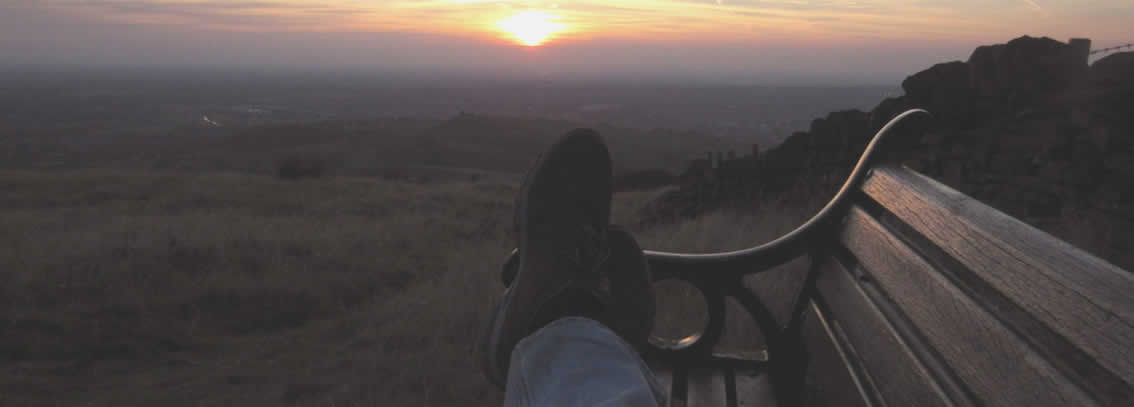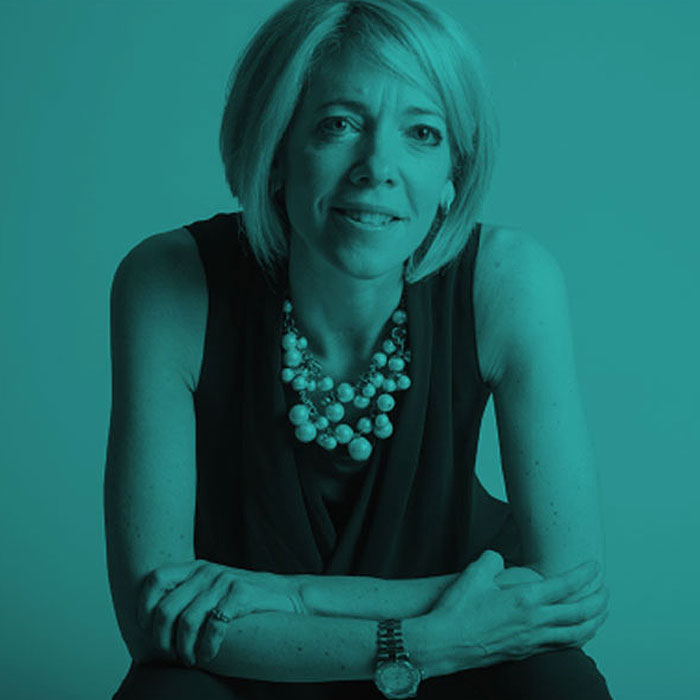
Thrive in Five: managing fear and uncertainty
I wanted to share some thoughts about managing our internal conversations around fear, uncertainty and doubt. Yes, these feelings are front and centre in the news right now, but truthfully, they are frequently front and centre in many of our internal lives…. we just don’t tend to speak about them. We will always have fears and uncertainties, as they are part of the human condition. We often don’t like this idea, which can lead to us either denying our fears and uncertainties leading to aggressive or defensive behaviour, or we let these fears and uncertainties control us resulting in victim thinking and wasting energy worrying.
While we can’t stop feeling fearful or uncertain from time to time, what we can do is to get more comfortable at how we deal with our fear, uncertainty and doubt. I would argue that this skill is the key differentiator between good and great leadership. None of those great leaders we know about were certain and fearless – their diaries are clear that they were fearful and uncertain – but they were able to make decisions and take action in spite of this, and in spite of knowing that sometimes they would get things wrong.
Here are five ideas about creating more comfort with fear, uncertainty and doubt. And/or watch this three minute video by the School of Life to help feel more calm.
1. There will pretty much always be something….
I have yet to find a corporate lawyer who can point to a deal that has actually closed on the originally envisaged completion date. Every day, things go “off track”. And yet, we can unhelpfully persist in reinforcing the idea that going off track is the exception, rather than quite typical. If we say to our teams “when x deal is done/system is finalised/X arrives or leaves/when COVID19 lockdown is over……it will all be calmer or better” then we are setting them up for disappointment – it will just be different when these things happen, it is unlikely to be wildly easier. We waste less energy, and have a smoother emotional rollercoaster, if we own the fact that things will often not go to plan. This means it is vital that we plan our days as without this plan, it is in fact harder to work out how “off track” we are, and we are more likely to simply go where fate and crisis takes us. Daily planning gives us daily clarity of objectives, and this does make it more likely that we will make the space to do the important things in the spaces left around the crises….
2. There is rarely a single “right” decision.
We can hold on to the idea that we need to find “the” one decision that is absolutely right while any other decisions are “wrong”….. In times of uncertainty, particularly, there is rarely a single “right” decision, just the one we make. If we don’t accept this, we can waste hours and hours on trying to find the “right” decision, searching for a certainty that just doesn’t exist. Is it “right” to send everyone home till X or not – we don’t know, we just make the best decision we can. Making decisions in times of uncertainty takes courage, and is also part of what helps those around us. If we can focus more on the idea that any decision we make will lead to opportunities, that we can manage and deal with, rather than this was the right or wrong decision to have made, this at least provides clarity, even if it is not the certainty human’s crave. We will also waste less energy: managing energy is critical to our high performance, as well as our teams – and even more so in uncertain times, because our nervous energy is being eaten into by the macro situations we are in.
3. Accelerate or create a culture that encourages option/contingency thinking
This step follows on from the fact that there isn’t a single “right” decision in uncertain times. If “find the single right answer” culture exists in your business or teams, it is about creating a culture that genuinely encourages and fosters multiple option thinking. Be alert to statements like “we have no choice” or “we have to do X”. One tactic might be to identify someone in every discussion who will play the contingency role, ask the question “what are the things we can do if X doesn’t happen”. Three bullet points are all that is required – it’s not about project planning multiple options, it’s just having made a small amount of space to even consider alternatives. And there are always more choices and options than we might first think. It may have been unthinkable to cancel or postpone many of the things that have in fact been cancelled or postponed already – be open to entertaining previously unthinkable ideas earlier, so that you can plan forward.
4. Explicitly invest in our mental and emotional fitness.
If we have a personal fitness trainer, or we work on our physical fitness, I ask the question – what are we doing for our emotional and mental well-being and development? Are we recognising that we can reinforce, heal and support our emotional wellbeing in the same way we do our physical body? While friends and family can play an element of this role, it is not the same as expert development and support. This might mean getting a coach and/or a therapist. We are all on emotional rollercoasters across our lives and in the same way some people don’t have a personal trainer but do exercise, my encouragement is to make some active, explicit investment in our emotional/mental well-being. If books are your thing, the one I most often recommend to coaching clients is “Emotional Agility” by Susan David.
5. “Feel the Fear and Do It Anyway”
I have come so late to this brilliant book, which was written 35 years ago. The crux of the book is that the underlying fear we have is that we cannot handle the consequences of the thing we are fearful of – so it’s not losing our clients/business drying up/losing our jobs, that is our fear, but the idea that we wouldn’t be able to handle the consequences of losing our clients/business drying up/losing our jobs. And handling the consequences of these things could be the hardest thing we have ever had to face…..but if we recognise that it this is our fear, we can start to do some scenario planning, we can identify the support we might need and from whom, and we can move into a power position about our fears, not a victim space…… I have written a one page summary but the book itself is probably a couple of hours read at most and well worth the time, particularly now.
If you would like to receive these generally bi-monthly Thrive in Five newsletters, sign up here.
